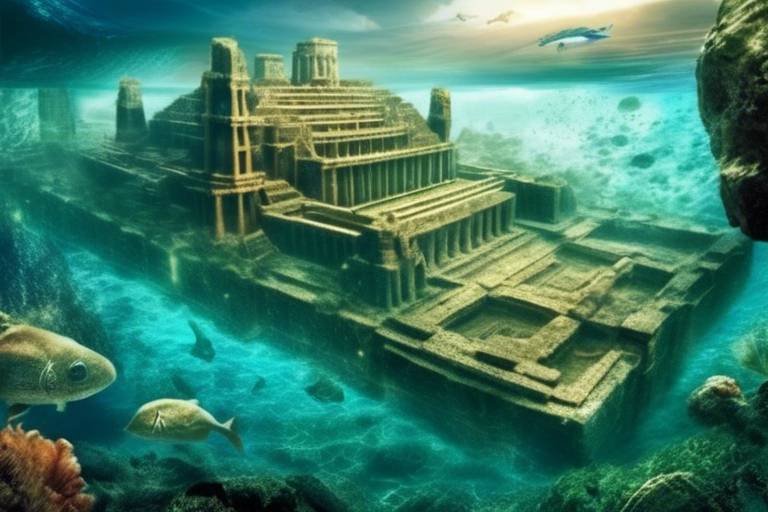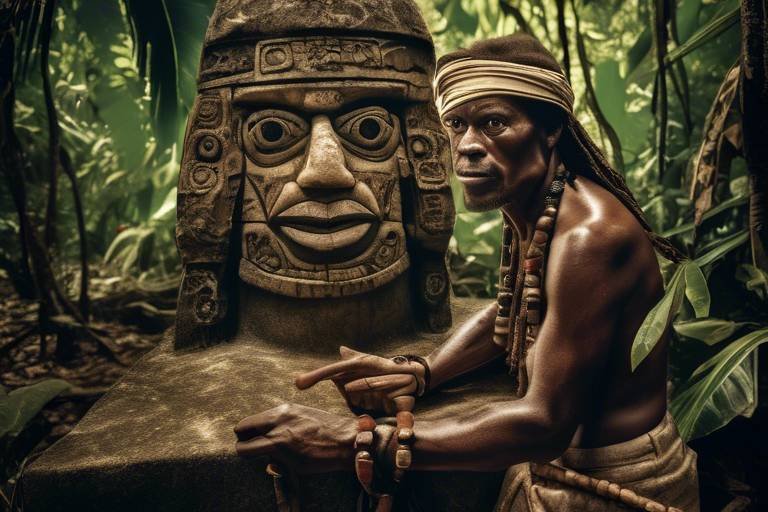The Cultural Richness of the Olmec Civilization
The Olmec civilization stands as a testament to the rich tapestry of culture and history that shaped ancient Mesoamerica. From their artistic achievements to their religious practices, architectural marvels, and societal structures, the Olmec people left an indelible mark on the region that continues to intrigue and inspire us today.
One of the most striking aspects of the Olmec civilization is their artistic prowess. The colossal stone heads, with their intricate details and imposing presence, are a testament to the advanced craftsmanship of the Olmec artisans. Additionally, the delicate jade carvings showcase their creativity in visual expression, capturing the essence of their culture in each intricate piece.
Delving into the religious practices of the Olmec reveals a complex belief system centered around deities like the Maize God. The significance of ceremonial centers in their religious rituals highlights the importance of spirituality in their society, offering a glimpse into their worldview and values.
Architecturally, the Olmec civilization was a marvel to behold. From the grand ceremonial complexes of La Venta to the meticulously planned layout of their cities, the Olmec demonstrated a keen understanding of engineering and urban planning. The pyramids and platforms they built stand as a testament to their ingenuity and architectural prowess.
Within the social structure of the Olmec society, distinct roles and hierarchies governed daily life. Rulers, priests, artisans, and farmers all played vital roles in the functioning of their communities, showcasing a complex system of governance and societal organization that ensured the smooth operation of their civilization.
The extensive trade networks of the Olmec civilization facilitated cultural exchange with neighboring Mesoamerican cultures. Their use of precious materials like jade not only underscored their economic prosperity but also contributed to the spread of their artistic motifs and traditions throughout the region.
The enigmatic Olmec script and language continue to intrigue scholars and researchers to this day. The symbols found on artifacts like the Cascajal Block offer a tantalizing glimpse into their written communication, sparking ongoing efforts to decipher and understand the complexities of their language.
The legacy of the Olmec civilization reverberates through time, influencing later Mesoamerican cultures such as the Maya and Aztec. Their traditions and artistic motifs have been preserved and adapted, leaving an enduring impact on the cultural landscape of the region.
Recent archaeological discoveries and scholarly interpretations have shed new light on the Olmec civilization, deepening our understanding of their history and significance. Each new finding adds to the intricate tapestry of knowledge surrounding this ancient culture, inviting us to continue exploring and unraveling its mysteries.
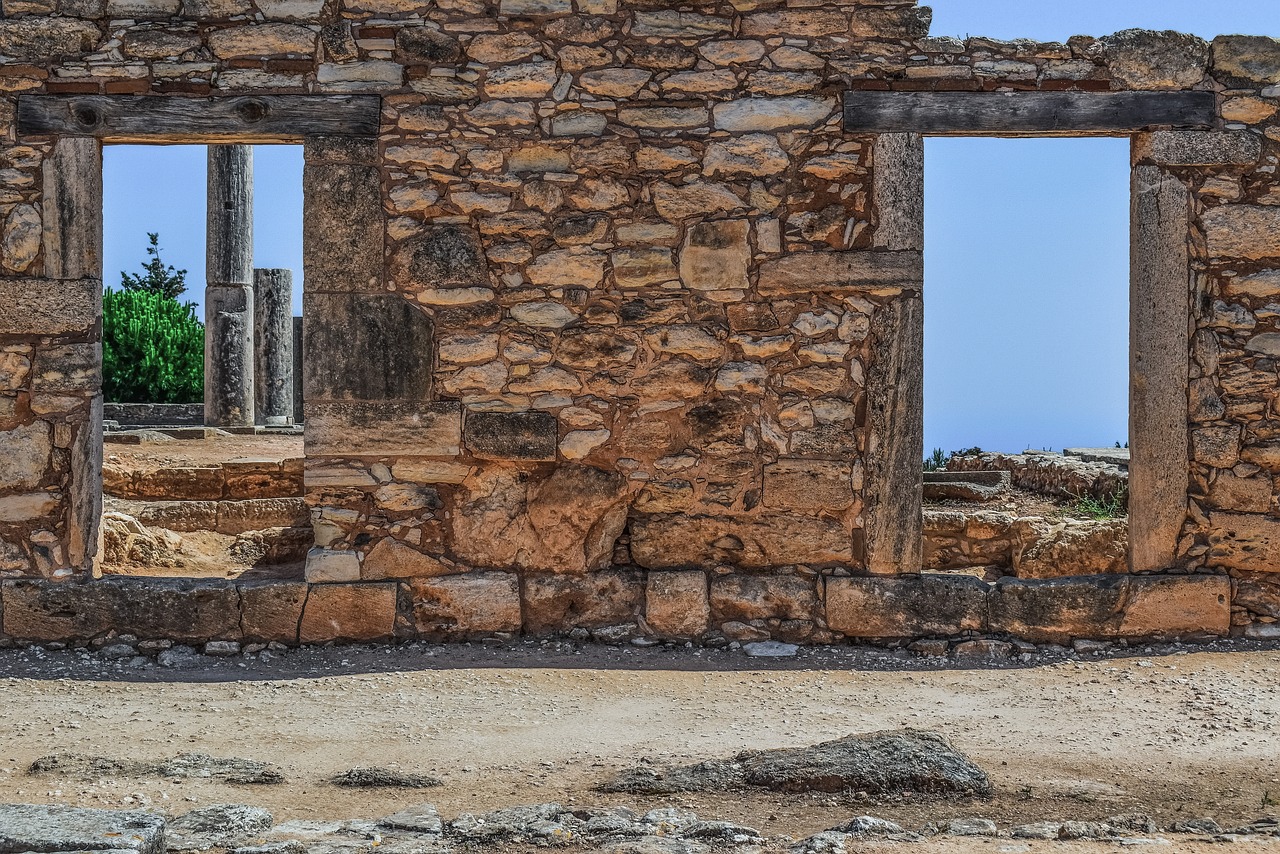
Artistic Achievements
The Olmec civilization is renowned for its remarkable artistic achievements that continue to captivate historians and art enthusiasts alike. One of the most iconic features of Olmec art is the colossal stone heads that stand as monumental representations of their skilled craftsmanship and cultural prowess. These massive sculptures, carved from basalt boulders, depict imposing human faces with distinct features, showcasing the Olmec's mastery in sculpting stone with precision and detail.
In addition to the awe-inspiring stone heads, the Olmec people excelled in the art of jade carving, producing intricate and finely detailed pieces that reflect their artistic sophistication. Jade, a precious and challenging material to work with, was meticulously shaped into various forms, including figurines, masks, and jewelry, demonstrating the Olmec's expertise in manipulating this revered stone into exquisite artworks that symbolized their social status and spiritual beliefs.
Moreover, the Olmec artistic repertoire extended beyond monumental sculptures and jade carvings to include pottery adorned with elaborate designs and motifs that reflected their cultural symbolism and aesthetic sensibilities. The intricate patterns and symbolic imagery found on Olmec ceramics offer valuable insights into their beliefs, rituals, and daily life, illustrating the importance of art as a means of communication and expression within their society.
Furthermore, the Olmec's artistic achievements were not limited to physical objects but also encompassed the creation of elaborate murals and architectural embellishments that adorned their ceremonial centers and public spaces. These vibrant and elaborate artworks served as visual narratives of their myths, legends, and religious practices, enriching the cultural landscape of the Olmec civilization and leaving a lasting legacy that continues to inspire admiration and scholarly inquiry.
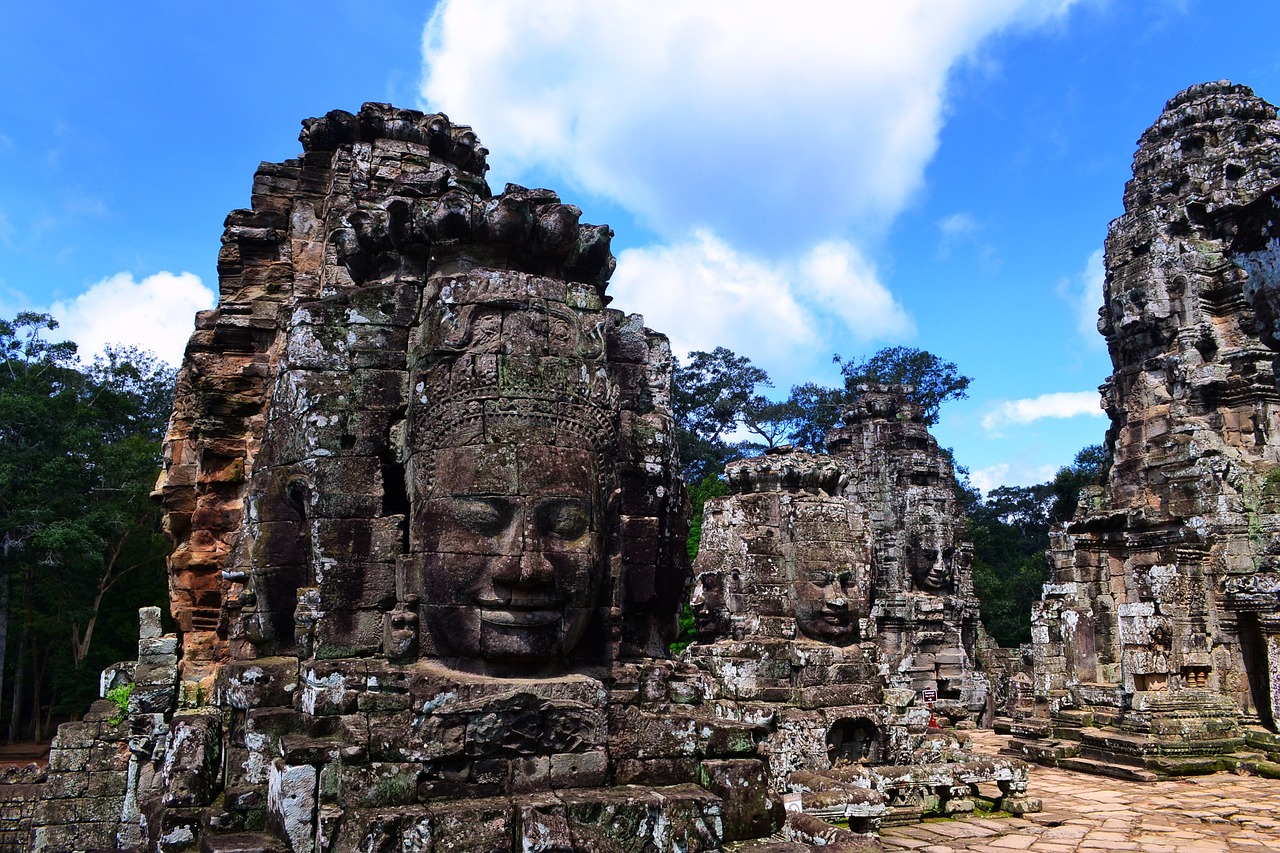
Religious Practices
Religious practices held a central role in the ancient Olmec civilization, shaping their beliefs and rituals that permeated every aspect of their society. The Olmec people worshipped a pantheon of deities, with the Maize God being one of the most significant figures in their religious cosmology. The cultivation of maize was vital to their sustenance, and thus, the Maize God symbolized fertility, abundance, and life itself. Ceremonial centers, such as La Venta, served as sacred spaces where elaborate rituals and offerings were made to honor these deities and ensure the prosperity of the community.
The Olmec's religious practices were deeply intertwined with nature, reflecting their reverence for the natural world and its cycles. They believed in the interconnectedness of all living beings and the spiritual essence that permeated the earth, water, and sky. Rituals involving bloodletting, human sacrifice, and offerings of precious materials were performed to maintain harmony with the divine forces governing their existence. The Olmec's connection to the spiritual realm was evident in their intricate artwork, which often depicted mythological beings and symbolic motifs related to their religious beliefs.
Moreover, the Olmec civilization's religious architecture, such as the construction of pyramids and ceremonial platforms, served as physical manifestations of their spiritual beliefs and cosmology. These monumental structures were not only symbols of power and prestige but also served as conduits between the earthly realm and the supernatural realms inhabited by their gods. The layout of their cities, with temples and plazas arranged in alignment with celestial events, underscored the Olmec's deep understanding of astronomy and its significance in their religious practices.
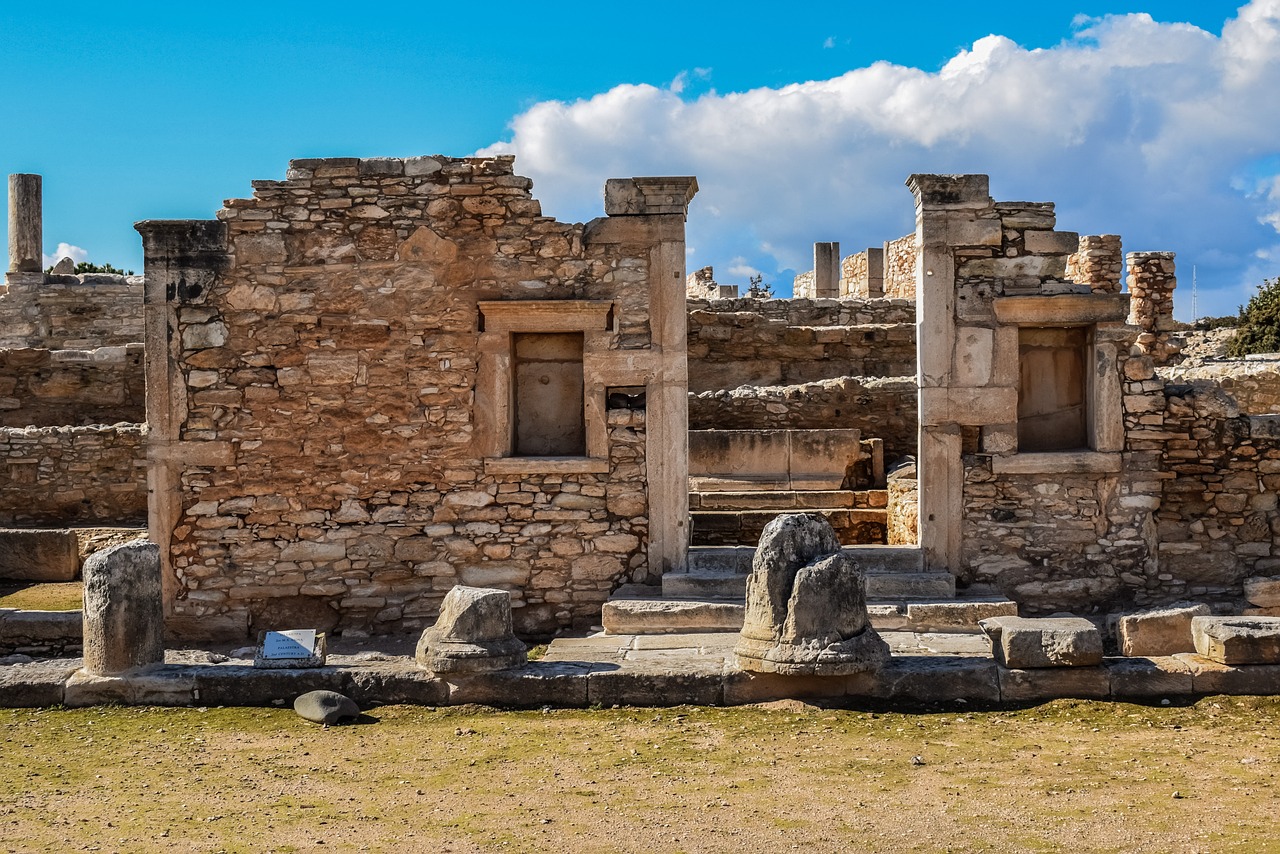
Architectural Marvels
The Olmec civilization, known for its remarkable architectural marvels, left a lasting legacy in Mesoamerican history. One of the most striking features of Olmec architecture is the ceremonial complexes, with La Venta being a prominent example. These complexes were not only centers of religious activities but also served as political and social hubs where the community gathered for various events and ceremonies.
The layout of Olmec cities, meticulously planned and structured, reflects the advanced engineering skills of the civilization. The precise alignment of buildings, plazas, and pyramids within the urban centers highlights the Olmec's architectural prowess and their meticulous attention to detail. The pyramids and platforms constructed by the Olmec stand as testaments to their engineering ingenuity, showcasing their ability to manipulate massive stone blocks and create monumental structures.
Furthermore, the architectural achievements of the Olmec extended beyond their cities to include impressive stone sculptures and monuments. The colossal stone heads, carved with intricate details and symbolic significance, are prime examples of the Olmec's artistic and architectural fusion. These monumental sculptures not only served as representations of Olmec rulers or deities but also as markers of power and prestige within the society.
In addition to their monumental structures, the Olmec also built sophisticated drainage systems and aqueducts to manage water resources efficiently. The integration of such practical elements into their architectural designs showcases the Olmec's holistic approach to urban planning and infrastructure development. By combining aesthetic beauty with functional utility, the Olmec created architectural marvels that continue to captivate and inspire modern-day archaeologists and historians.

Social Structure
The social structure of the Olmec civilization was a complex and hierarchical system that played a crucial role in shaping their society. At the top of the social hierarchy were the rulers, who held significant power and authority over the political and religious affairs of the Olmec people. These rulers were often depicted in art and sculpture, showcasing their importance and divine connection.
Beneath the rulers were the priests, who served as intermediaries between the people and the gods. They conducted religious ceremonies, maintained the sacred sites, and interpreted the will of the deities. The priests played a vital role in upholding the spiritual beliefs and practices of the Olmec society.
Artisans were another essential group within the social structure, responsible for creating the intricate artworks and crafts that the Olmec civilization is renowned for. Skilled in various techniques such as stone carving, pottery making, and jade work, artisans contributed to the cultural richness of the Olmec society.
Furthermore, farmers formed the backbone of the Olmec economy, cultivating crops such as maize, beans, and squash to sustain the population. Their agricultural expertise ensured the food security of the community and supported the growth of urban centers and ceremonial complexes.
The social structure also included laborers and traders who facilitated the exchange of goods within and beyond the Olmec territory. Through trade networks, the Olmec civilization engaged in commerce with neighboring cultures, exchanging valuable resources and fostering cultural interactions.
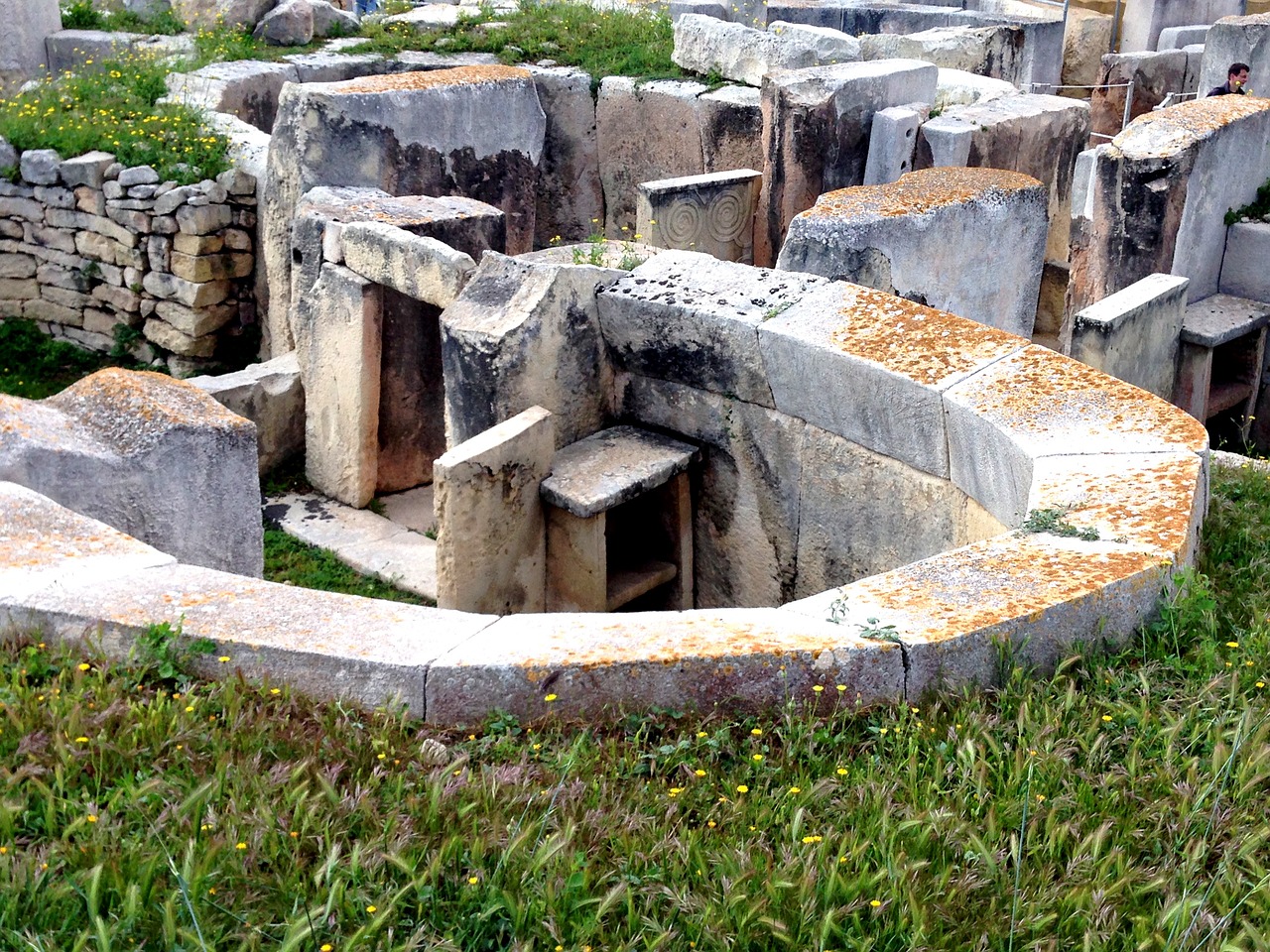
Trade and Exchange
Trade and exchange were integral components of the Olmec civilization, facilitating connections with neighboring cultures and enabling the flow of goods and ideas across Mesoamerica. The Olmecs were skilled traders who engaged in extensive networks, trading commodities such as jade, obsidian, cacao, and pottery. Their strategic location along the Gulf Coast allowed them to access valuable resources and establish trade routes that extended far beyond their immediate region.
One of the most prized commodities traded by the Olmecs was jade, a precious stone highly valued for its symbolic significance and aesthetic appeal. The Olmecs' mastery in jade craftsmanship not only served as a form of currency but also played a crucial role in their cultural and religious practices. The intricate jade figurines and ornaments produced by the Olmecs were highly sought after in exchange for other goods, further enhancing their reputation as skilled artisans and traders.
Through trade, the Olmecs not only acquired exotic materials and resources but also engaged in cultural exchanges that enriched their own society. Interaction with neighboring cultures allowed for the exchange of ideas, technologies, and artistic influences, leading to the synthesis of diverse cultural elements within the Olmec civilization. This cultural fusion contributed to the richness and complexity of Olmec art, architecture, and religious practices, showcasing the interconnectedness of Mesoamerican societies during this period.
The Olmec trade networks extended across vast distances, reaching as far as the highlands of central Mexico and the Pacific coast. This extensive trade network not only facilitated economic transactions but also fostered social and political connections between different regions. The exchange of goods and materials played a significant role in shaping the cultural landscape of Mesoamerica, laying the foundation for future civilizations to build upon the legacy of the Olmecs.
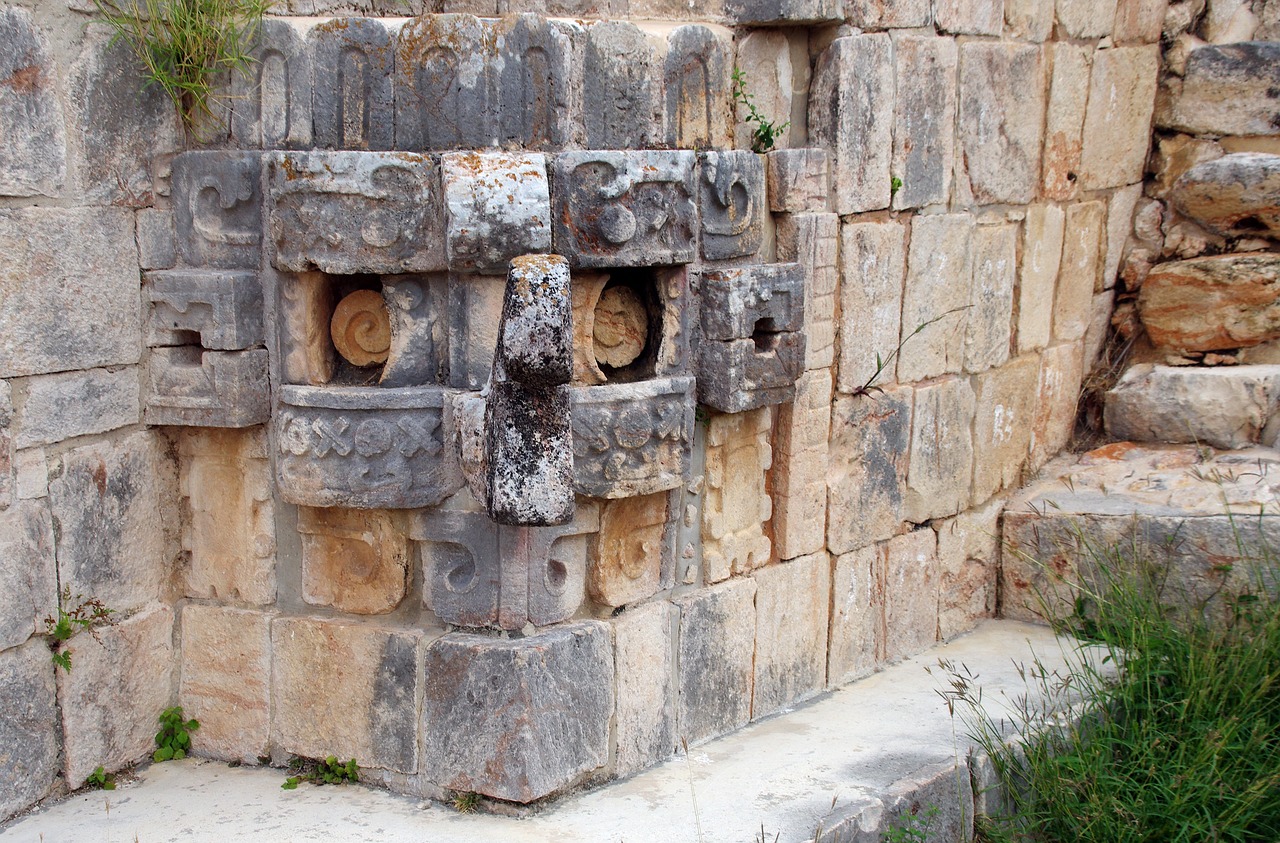
Writing and Language
The Olmec civilization, known for its enigmatic script and language, has long fascinated archaeologists and historians alike. The intricate symbols found on artifacts like the Cascajal Block offer a glimpse into the Olmec's written communication system, sparking ongoing research and debate. Scholars continue to decipher the meanings behind these ancient glyphs, unraveling the linguistic legacy of this ancient Mesoamerican culture.
One of the most intriguing aspects of the Olmec writing system is its complexity and sophistication. The symbols are not mere drawings but convey a structured form of communication, suggesting a developed language with its own grammar and syntax. This intricate script reflects the intellectual prowess of the Olmec people and their commitment to preserving knowledge through written records.
While the full extent of the Olmec language remains a mystery, recent discoveries have shed light on its potential meanings. Comparative studies with other Mesoamerican scripts, such as Maya hieroglyphs, have provided valuable insights into the possible phonetic and semantic values of Olmec symbols. These comparative analyses offer a tantalizing glimpse into the linguistic connections between ancient civilizations in the region.
Moreover, the study of Olmec writing extends beyond mere decipherment to encompass broader cultural and historical contexts. The symbols not only convey linguistic information but also serve as visual representations of religious beliefs, cosmological concepts, and societal structures. The interplay between language and culture in the Olmec script underscores the interconnectedness of various aspects of their civilization.
As researchers delve deeper into the complexities of Olmec writing and language, new revelations continue to reshape our understanding of this ancient civilization. The quest to unlock the secrets of their script remains an ongoing journey, offering a tantalizing glimpse into the rich cultural tapestry of the Olmec people.

Legacy and Influence
The legacy of the Olmec civilization is a profound and enduring one, leaving an indelible mark on the cultural tapestry of Mesoamerica. Through their innovative artistic expressions, intricate religious practices, and advanced architectural marvels, the Olmec people established a foundation that influenced subsequent civilizations in the region.
One of the most notable aspects of the Olmec legacy is their artistic achievements, particularly the iconic colossal stone heads that have become synonymous with their civilization. These monumental sculptures not only showcase the Olmec's mastery of stone carving but also serve as enduring symbols of their cultural identity and artistic prowess.
Furthermore, the religious practices of the Olmec, centered around the worship of deities like the Maize God, continue to resonate in the spiritual beliefs of later Mesoamerican cultures. The significance of ceremonial centers in Olmec religious rituals underscores the importance of sacred spaces in fostering community cohesion and spiritual connection.
In terms of architectural influence, the Olmec's engineering feats, such as the construction of pyramids and platforms, set a precedent for monumental building projects in Mesoamerica. The layout of their cities and ceremonial complexes, like the impressive site of La Venta, reflects a sophisticated urban planning that influenced subsequent urban centers in the region.
The social structure of the Olmec society, characterized by distinct roles for rulers, priests, artisans, and farmers, laid the groundwork for hierarchical systems of governance that persisted in later Mesoamerican civilizations. The intricate networks of trade and exchange established by the Olmec facilitated cultural interactions and the spread of ideas throughout the region.
Moreover, the enigmatic Olmec script and language, as evidenced by artifacts like the Cascajal Block, continue to intrigue scholars and archaeologists, hinting at a complex system of written communication that has yet to be fully deciphered. The ongoing research into the Olmec language offers valuable insights into their intellectual achievements and cultural legacy.
Ultimately, the legacy of the Olmec civilization extends beyond their material contributions to later Mesoamerican cultures. Their enduring influence can be seen in the artistic motifs and traditions that persisted in societies like the Maya and Aztec, demonstrating the lasting impact of the Olmec's cultural innovations on the rich tapestry of ancient American history.
As modern discoveries and interpretations shed new light on the complexities of the Olmec civilization, our appreciation for their legacy and influence continues to grow. The ongoing exploration of archaeological sites and the analysis of artifacts provide valuable insights into the enduring significance of the Olmec culture in shaping the cultural landscape of Mesoamerica.
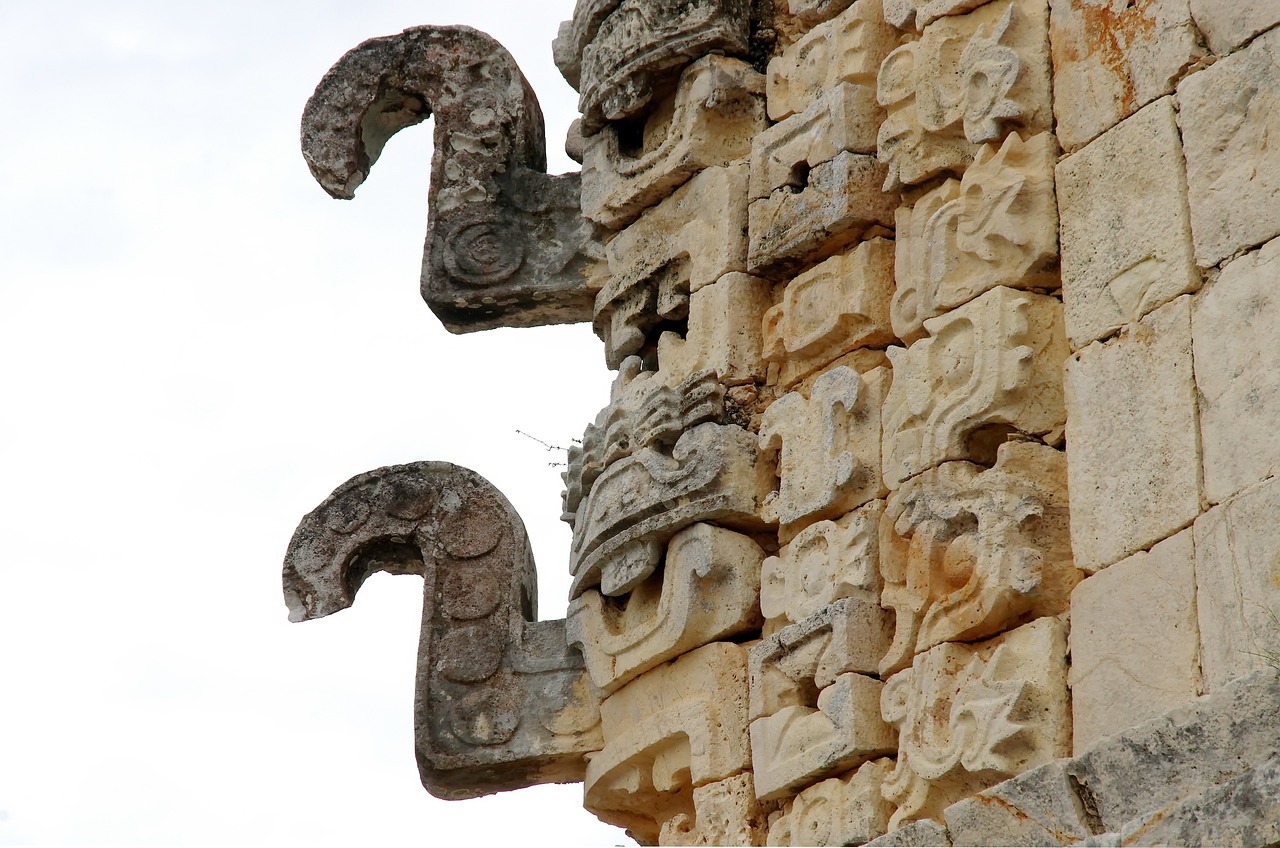
Modern Discoveries and Interpretations
Modern Discoveries and Interpretations in the field of Olmec civilization have been instrumental in reshaping our understanding of this ancient culture. Recent archaeological excavations have unearthed new artifacts and structures that shed light on various aspects of Olmec life. For instance, the discovery of intricate pottery and figurines has provided valuable insights into their daily rituals and artistic practices.
Furthermore, advanced scientific techniques, such as carbon dating and DNA analysis, have allowed researchers to delve deeper into the origins and migrations of the Olmec people. By studying the genetic markers present in ancient remains, scientists have been able to trace connections between the Olmec civilization and other Mesoamerican cultures, unraveling complex networks of influence and interaction.
Interpretations of Olmec art and iconography have also evolved with new discoveries. Scholars have reexamined the symbolism behind the colossal stone heads and jade figurines, offering fresh perspectives on the religious beliefs and social structures of the Olmec society. Through comparative studies with other Mesoamerican cultures, researchers have drawn parallels and distinctions, enriching our understanding of the Olmec's place in the broader historical landscape.
Moreover, ongoing research into the enigmatic Olmec script continues to captivate linguists and archaeologists alike. Recent breakthroughs in deciphering the meaning of certain glyphs and symbols have opened up new avenues for interpreting ancient texts and inscriptions. By piecing together fragments of written communication, experts are slowly unraveling the linguistic legacy of the Olmec civilization, revealing a complex system of writing that predates many other known scripts in the region.
In conclusion, the modern era of Olmec studies is marked by a dynamic interplay between discovery and interpretation. As new findings come to light and existing theories are challenged, our appreciation of the cultural richness and historical significance of the Olmec civilization continues to deepen. By embracing a multidisciplinary approach that combines archaeology, anthropology, and technology, researchers are paving the way for future generations to uncover the secrets of one of Mesoamerica's most enigmatic cultures.
Frequently Asked Questions
- What is the significance of the Olmec civilization in Mesoamerican history?
The Olmec civilization holds great importance in Mesoamerican history as one of the earliest complex societies in the region. They laid the foundation for many aspects of later cultures, such as art, religion, and social organization.
- What are some notable artistic achievements of the Olmec civilization?
The Olmec are renowned for their colossal stone heads and intricate jade carvings, showcasing their advanced artistic skills and creativity. These artifacts provide insights into their culture and craftsmanship.
- How did the Olmec society structure itself?
The Olmec society had a hierarchical structure with rulers, priests, artisans, and farmers playing distinct roles. Governance and social organization were integral parts of their community life.
- What is known about the religious practices of the Olmec people?
The Olmec practiced complex religious rituals, including the worship of deities like the Maize God. Ceremonial centers held significance in their spiritual beliefs and practices.
- What evidence exists of the Olmec's trade networks and cultural exchanges?
Archaeological findings indicate that the Olmec engaged in extensive trade, especially in jade and other valuable materials. They also had cultural interactions with neighboring Mesoamerican societies.



